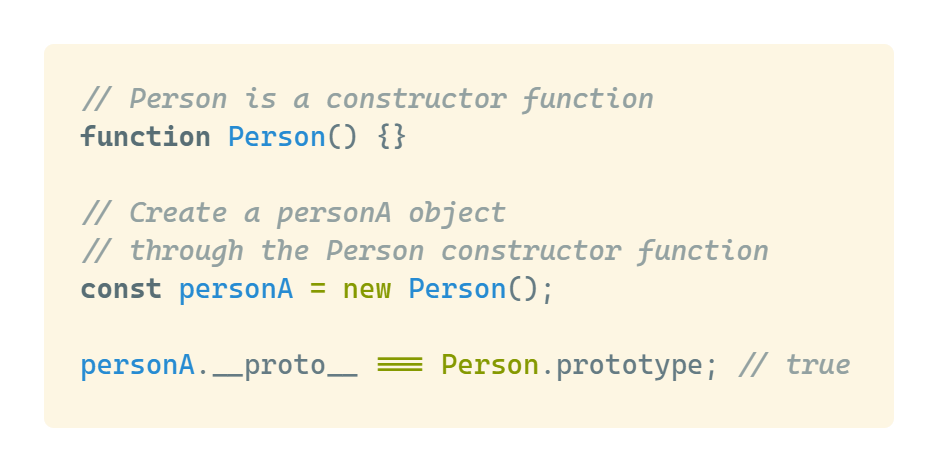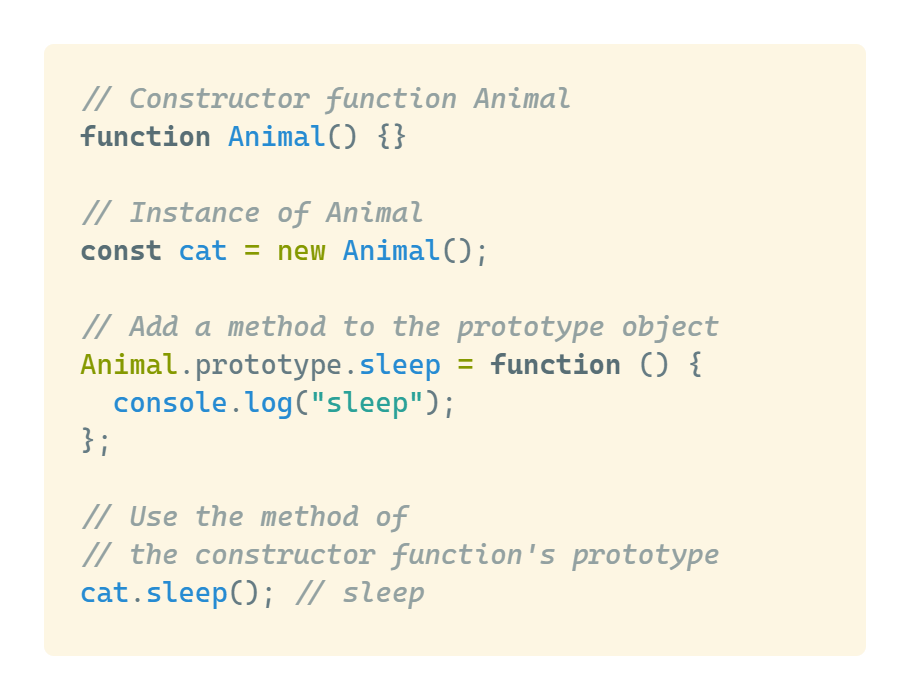Understanding JavaScript Prototype
Prototype
JavaScript is a prototype-based object-oriented programming language. In JavaScript, every object contains an internal hidden property called [[Prototype]], which points to the object’s prototype. This value can be either null or a reference to another object.
[[Prototype]] and __proto__
Since [[Prototype]] is an internal hidden property that cannot be directly accessed, browsers provide the __proto__ accessor method. However, it’s important to note that the __proto__ method is not part of the ECMAScript specification. In practical development, we use Object.getPrototypeOf() to obtain an object’s prototype.
Implementation examples of prototype, __proto__, and Object.getPrototypeOf method:

__proto__ Property and prototype Property
__proto__ and prototype are different properties. __proto__ is a hidden property of every object, through which each object can access its prototype. On the other hand, prototype is a property that exists in all constructor functions. A constructor function’s prototype points to the same object as the __proto__ of instances created from that constructor - this object is called the prototype object.

Prototype Chain
A prototype itself is an object, so it also has its own prototype. When we try to access a property of an object, if the object doesn’t have that property, JavaScript will look for it in the object’s prototype. If the property is still not found in the prototype, it will continue searching up the chain until it either finds the property or reaches null. This continuous lookup path is called the prototype chain, and the end of the chain is always null.
-
The end value of the prototype chain is null:

-
Implementation example of the prototype chain:
We frequently use the filter method on arrays. When we have an array “list” and call the filter method on it, we’re actually accessing a method that doesn’t exist on the list itself. The filter method exists on the Array constructor’s prototype. We can use this method through the prototype chain, as our array instance inherits from Array.prototype.
Prototypal Inheritance
Prototypal inheritance allows objects to access properties and methods from other objects when they don’t have those properties themselves.
For example, consider an object “animal” with its own properties and methods. If we want to create “cat” and “dog” objects that need both their own unique features and the common properties of the “animal” object, we don’t need to duplicate code. Instead, we can use prototypal inheritance to let “cat” and “dog” access the methods and properties of “animal” through the prototype chain.
Implementation example of prototypal inheritance:




